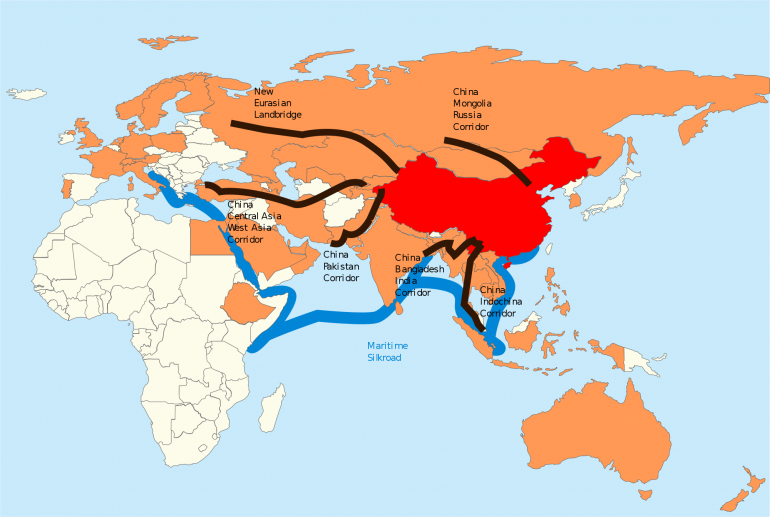Thur 06 December 2018
By Jayne He
A pioneering study on China’s iconic Belt and Road Initiative (BRI) by the co-director of the Herbert Smith Freehills CIBEL Centre, Associate Professor Heng Wang, fills the gap in a lack of legal analysis of China’s strategic move. With a functional approach to defining the initiative, Professor Wang developed three qualities to China’s approach to the BRI and came up to the conclusion that maximised flexibility is the key legal characteristic of the BRI.
Involving 70 countries and over two-thirds of the whole population around the world, “the most ambitious geo-economic vision in recent history” is working on promoting trade and investment between China and its economic partners through infrastructure constructions.
“The BRI will profoundly affect the global order,” Associate Professor Wang said, “because it brings potential institutional and normative development that may affect China and the rest of the world, given the long-lasting effects of these developments.”
Despite its importance, there is no sufficient study of the initiative from a legal perspective, which in turn would help to understand the BRI’s functions.
“There seems to lack an overall and systematic legal analysis of China’s BRI approach, particularly regarding three questions: what is the proper scope of the BRI? What is China’s approach to the BRI and its character? Is China’s approach to the BRI viable?” Associate Professor Wang noted.
In his paper, which will be published in the forthcoming Journal of International Economic Law next January, Associate Professor Wang answered these three questions by applying a functional approach to defining the BRI. He then identified three major qualities of China’s approach to the BRI, which are a hub-and-spoke network, a three-track institutional and mechanism approach, and a dual track normative approach.
Associate Professor Wang found that, compared with the US trade approach particularly reflected in the 2018 US-Mexico-Canada Agreement, China adopted an approach that embraced “maximised flexibility” regarding institutions and norms to address uncertainties and challenges that may face in implementing the initiative. Maximised flexibility will likely assist in ensuring that China’s BRI approach is sustainable by enabling trial-and-error, if properly managed. However, it also gives rise to concerns around such a approach, especially as to its predictability, coherence, and transparency.
“[The study] helps to reflect on the present and future of China’s BRI approach, and its implications.” Associate Professor Wang said.
The full paper of submitted version can be found at here.
The accepted version that is more developed and expanded, titled "China’s Approach to the Belt and Road Initiative: Scope, Character and Sustainability", is to be published in January 2019 at Journal of International Economic Law. More information may be found at Associate Professor Wang’s webpage and twitter.
